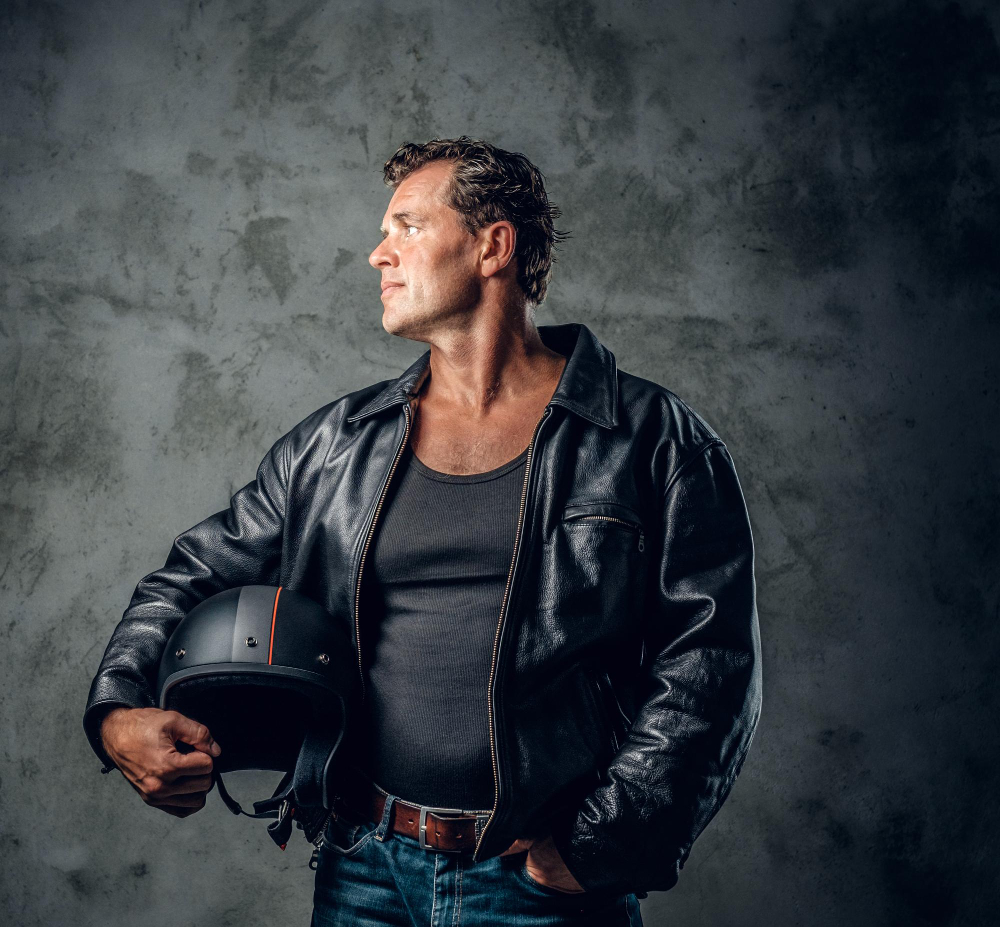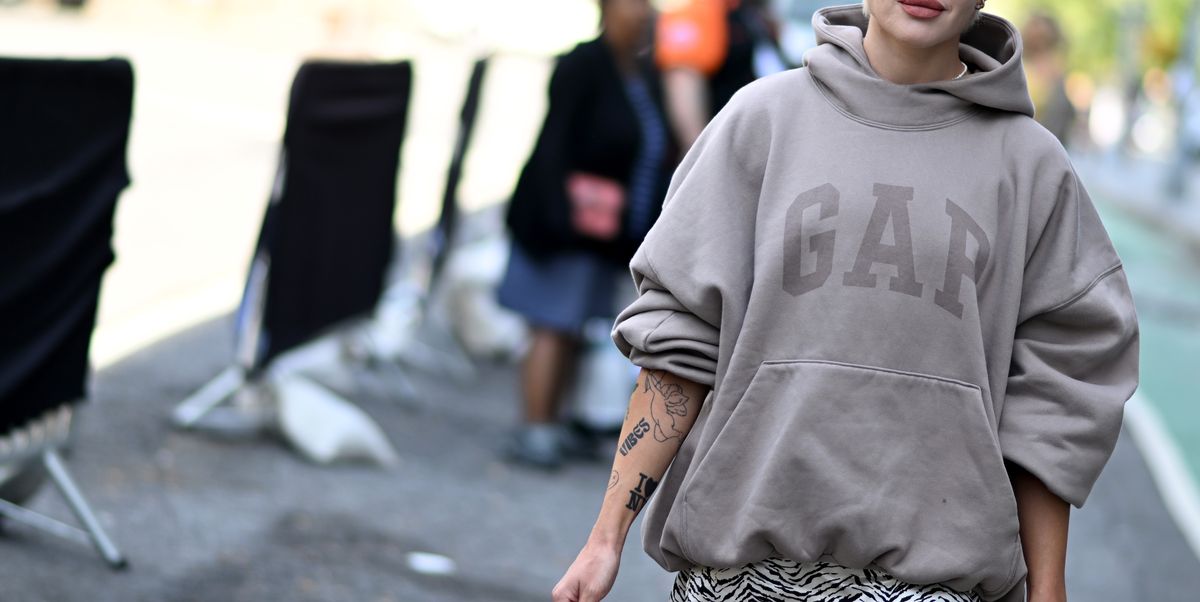Vintage leather bomber jackets are not just pieces of clothing; they are historical artifacts, fashion statements, and treasured heirlooms. These jackets, initially designed for military pilots, have transcended their utilitarian roots to become iconic symbols of style and durability. Proper care and maintenance are crucial to preserve their beauty and longevity. This ultimate guide will provide you with comprehensive insights into caring for your vintage leather bomber jacket, ensuring it remains a cherished item for years to come.
Understanding Vintage Leather Bomber Jackets
A Brief History
The leather bomber jacket originated during World War I and II, designed to keep pilots warm in open cockpits. The A-2 and G-1 models became famous, featuring rugged leather exteriors, comfortable linings, and functional pockets. These jackets were made from high-quality leather such as horsehide, goatskin, and cowhide, selected for their durability and ability to withstand harsh conditions.
Identifying Genuine Vintage Jackets
Before diving into care techniques, it’s essential to confirm that your jacket is genuinely vintage. Look for:
- Labels and Tags: Authentic vintage bomber jackets often have labels indicating their military origins, manufacturer details, and contract numbers.
- Stitching and Construction: Examine the stitching and construction quality. Vintage jackets were made with meticulous craftsmanship, often evident in the seams and overall build.
- Leather Type: Recognize the type of leather used. Vintage jackets commonly use full-grain leather, which is thick and sturdy.
Routine Maintenance
Cleaning
Regular cleaning is crucial for maintaining the leather’s appearance and preventing dirt and grime buildup.
- Dusting: Use a soft, dry cloth or a soft-bristled brush to remove dust and surface dirt from the jacket.
- Spot Cleaning: For minor stains, dampen a cloth with distilled water and gently blot the affected area. Avoid rubbing, as it can damage the leather.
- Soap Solution: For more persistent stains, create a mild soap solution using a small amount of saddle soap or gentle leather cleaner mixed with water. Dampen a cloth with the solution and gently clean the stained area, then wipe with a damp cloth to remove any soap residue.
Conditioning
Leather can dry out and crack over time, especially if exposed to sunlight or heat. Conditioning helps maintain its suppleness and prevent damage.
- Choose the Right Conditioner: Use a high-quality leather conditioner specifically designed for vintage leather. Avoid products with harsh chemicals or excessive oils.
- Application: Apply a small amount of conditioner to a soft cloth and rub it into the leather in circular motions. Pay attention to seams and areas prone to wear.
- Absorption: Allow the conditioner to be absorbed for at least 24 hours. Buff the jacket with a clean cloth to remove any excess conditioner.
Storage Tips
Proper storage is essential to prevent damage and maintain the jacket’s shape.
- Hanging: Always hang your leather bomber jacket on a padded hanger to preserve its shape. Avoid using wire hangers, which can cause the leather to stretch and deform.
- Breathable Garment Bag: Store the jacket in a breathable garment bag to protect it from dust and light while allowing air circulation. Avoid plastic bags, which can trap moisture and lead to mildew.
- Cool, Dry Place: Store the jacket in a cool, dry place away from direct sunlight, heat sources, and humidity. Extreme temperatures can damage the leather.
Handling Common Issues
Stains
- Oil and Grease: Blot the stain with a clean cloth to absorb excess oil. Sprinkle cornstarch or talcum powder on the stain and let it sit overnight. Brush off the powder and clean the area with a damp cloth.
- Ink: Dab the stain gently with a cotton swab dipped in rubbing alcohol. Avoid soaking the leather, as it can cause discoloration. Blot with a clean cloth and condition the area afterward.
Scratches
Minor scratches can often be treated with a leather conditioner. Apply a small amount to the scratched area and rub gently. For deeper scratches, consider using a leather repair kit or seeking professional help.
Odors
- Air Out: Hang the jacket in a well-ventilated area to air out any odors. Avoid exposing it to direct sunlight.
- Baking Soda: Place the jacket in a large bag with an open box of baking soda. Seal the bag and let it sit for a few days to absorb odors.
Professional Care
For significant repairs, deep cleaning, or restoration, consider seeking professional leather care services. Professionals have the expertise and tools to handle complex issues and ensure your vintage bomber jacket receives the best possible care.
Preserving the Patina
One of the most appealing aspects of vintage leather bomber jackets is their patina—the unique character and color developed over time through use and exposure. To preserve and enhance this patina:
- Gentle Cleaning: Avoid harsh cleaning methods that can strip the leather of its natural oils and character.
- Minimal Conditioning: Use leather conditioner sparingly to avoid altering the jacket’s natural look. Focus on maintaining suppleness rather than achieving a glossy finish.
- Regular Wear: Wear your jacket regularly to allow it to develop a natural, lived-in look. The more you wear it, the more personalized and unique the patina will become.
Conclusion
Caring for a vintage leather jacket requires a combination of regular maintenance, proper storage, and occasional professional care. By following these guidelines, you can ensure that your jacket remains a timeless piece of fashion and history. Embrace the unique character and story that your vintage jacket tells, and it will continue to serve you well for many years to come.



